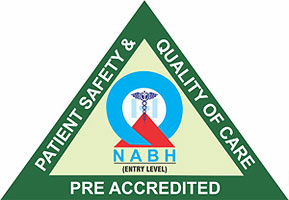+91-7291089674 (Bandra)
+91-7291092120 (Kandivali)





June 24, 2019 | Author: Admin
Rajesh Rajpal, MD, Mc- Lean, Virginia discussed how corneal collagen cross linking could be implemented as a refractive procedure post-cataract surgery in addition to being a treatment for keratoconus.
Cross linking involves using oxygen, riboflavin, and UV light to stabilize the cornea. But the PiXL device (Avedro), which is not yet available in the United States, allows physicians to customize the crosslinking treatment by incorporating corneal topography measurements and an eye tracker. The end result is the ability to reshape the cornea by creating a customizable area of UV light application, Dr. Rajpal said.
Only epithelium-off crosslinking procedures are approved in the United States, but a Phase 3 clinical trial of epithelium-on crosslinking for keratoconus is currently being conducted. This modified crosslinking procedure uses a combination of a different formulation of riboflavin, supplemental oxygen, and an accelerated protocol to make the procedure non-invasive and could easily be transformed into a standalone refractive treatment, according to Dr. Rajpal.
Eye tracking allows the device to Selectively activate the riboflavin by only shining the UV light on specific areas of the cornea. The device could treat myopia by crosslinking only the central portion of the cornea and for treating hyperopia by cross linking a donut-shaped portion of the peripheral cornea.
The corneal epithelium is a barrier to all three components of the crosslinking reaction: It reduces absorption of riboflavin into the stroma, blocks the UV light, and blocks the oxygen from getting to the site of action. But the PIXL system uses “boost goggles” to bring more oxygen to the corneal surface, which benefits the crosslinking reaction and allows the procedure to have a greater effect while the epithelium is on, Dr. Rajpal said.
The primary patient population for this procedure would be emmetropic presbyopes wanting good near vision after cataract surgery, but the population could expand to include slightly myopic or hyperopic presbyopes who want good distance and near vision. A Phase 2 clinical trial for the PiXL procedure is slated to begin this year.